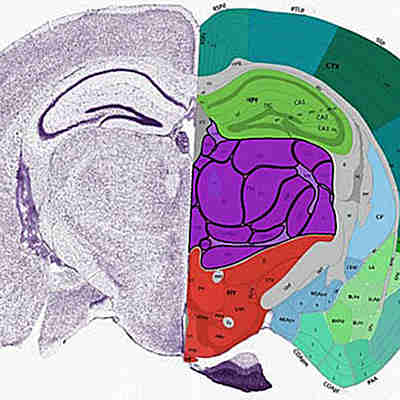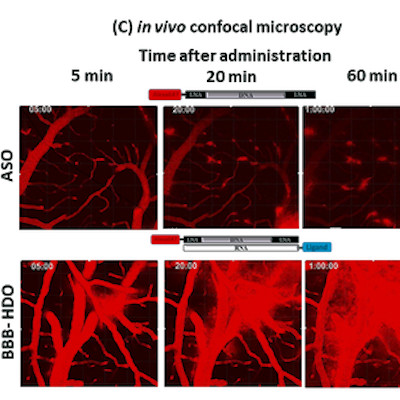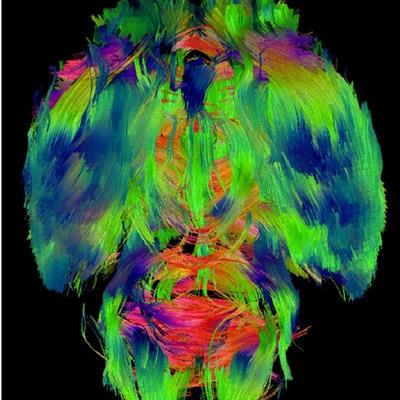September 29, 2022 -- Texas researchers were able to successfully deliver a protein quickly, effectively, and briefly into mouse brains. The finding has implications for repairing spinal cord injuries and neurotrauma in humans, according to the study’s authors.
A team from Texas A&M AgriLife and Texas A&M University used the endocytic pathway to force cells to ingest proteins; once the delivery tool was internalized in the pathway, it allowed the proteins to enter the rest of the cell, particularly the nucleus, where a response was triggered (Science Advances, September 28, 2022).
"Proteins are large molecules that don't easily enter cells or cross cell membranes, but we've created a trick to achieve this," Jean-Philippe Pellois, PhD, professor and associate for graduate program, department of biochemistry and biophysics at the Texas A&M College of Agriculture and Life Sciences, said in a statement.
The researchers mixed a target protein and a peptide in a solution and then locally injected the mixture into mouse brains, which occurred easily. The mice were bred to fluoresce if the protein arrived as intended. Indeed, they found that the brain cells near the injection site lit up after the protein and its delivery tool were injected together. Both the protein and its delivery system degrade naturally after performing their role, according to the study's authors.
The study provides evidence that mixing proteins with peptides works in living brains, and future work will focus on improving the method to target just one cell type. The researchers have filed a patent on the method's components and founded a company to take the research closer toward applications in humans.
"One key application would be to use this approach for localized injections, such as at the site of a spinal cord injury," Pellois said. "We are also looking at the possibility of doing this in knee joints for cartilage repair or to fight off the inflammation that diseases like arthritis can cause."
Cédric Geoffroy, PhD, assistant professor in the department of neuroscience and experimental therapeutics at the Texas A&M School of Medicine, made the case that the method might help deliver therapies other than proteins.
"This could also enhance the delivery of drugs. If you have an anticancer drug, which is very toxic, this method could reduce the amount of drug we deliver," Geoffroy said.
Copyright © 2022 scienceboard.net









